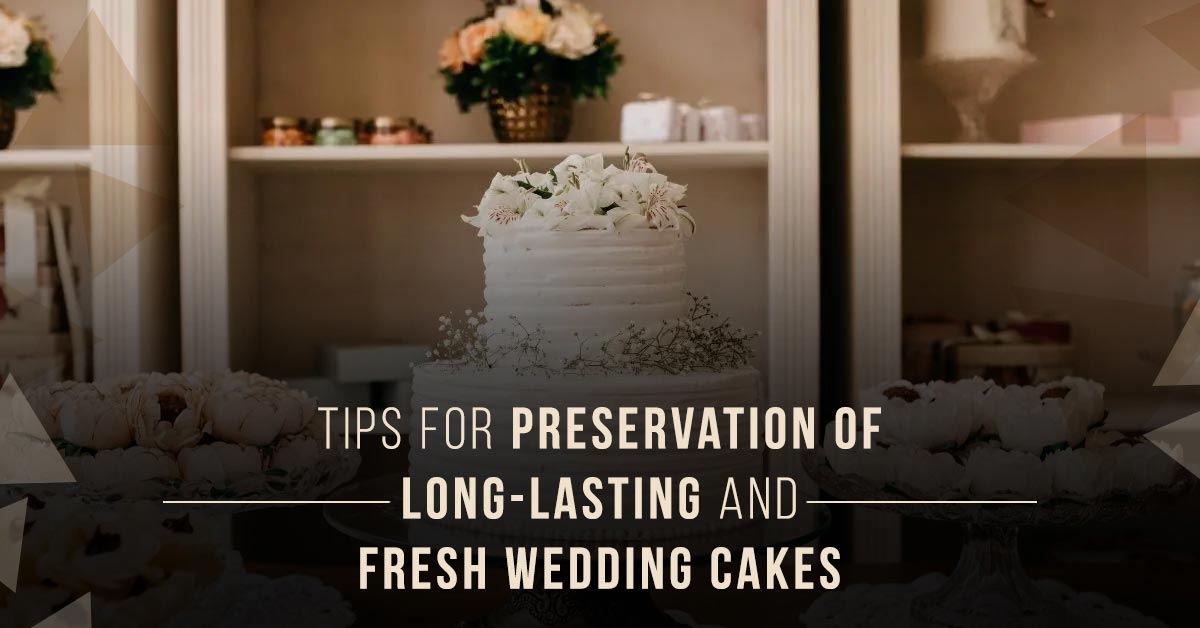Introduction
When it comes to wedding cakes, every couple dreams of a masterpiece that not only dazzles with its design but also remains fresh and delicious throughout the celebration. The secret to achieving this culinary marvel lies in understanding the science behind cake preservation. From ingredients selection to storage techniques, each step plays an important role in ensuring your wedding cake remains a delightful centerpiece from the first slice to the last. Let’s delve into the intricacies of preserving wedding cakes and unlock the secrets to their longevity and freshness with Baking Class Chennai.
Ingredients Selection
The foundation of a long-lasting wedding cake begins with selecting high-quality ingredients. Baking Classes in Chennai Opt for fresh, premium ingredients that not only enhance the flavor but also contribute to the cake’s stability and shelf life. Here are some key ingredients to consider:
1. Flour:
Choose cake flour or all-purpose flour with a moderate protein content for a tender crumb structure.
2. Sugar:
Use granulated sugar for sweetness and moisture retention.
3. Eggs:
Fresh eggs provide structure and richness to the cake batter.
4. Butter:
Unsalted butter adds flavor and moisture to the cake. Ensure it’s at room temperature for easy incorporation into the batter.
5. Leavening Agents:
Baking powder or soda helps the cake rise and achieve the desired texture.
6. Flavorings:
Incorporate high-quality extracts, such as vanilla or almond, for enhanced flavor.
Proper Mixing Technique
Achieving the perfect texture and structure for your wedding cake relies on proper mixing techniques. Overmixing can make it a tough and dry cake, while undermixing may lead to an uneven distribution of ingredients. Cake Making Classes in Chennai teach you the best techniques to properly mix the ingredients without any trial and error.
Follow these guidelines for optimal mixing:
1. Creaming Method:
Cream together butter and sugar until light and fluffy to incorporate air into the batter, resulting in a tender crumb.
2. Exchange Wet and Dry Ingredients:
Add the dry ingredients (flour, leavening agents) and wet ingredients (eggs, milk) in alternating batches to ensure even mixing without overworking the batter.
3. Gentle Folding:
When incorporating delicate ingredients such as whipped egg whites or fruit purees, use a gentle folding motion to maintain the batter’s lightness.
Baking Techniques
Proper baking techniques are needed for getting a moist and evenly baked wedding cake. Consider the following tips:
1. Preheat the Oven:
Ensure your oven is fully preheated to the right temperature before placing the cake batter inside.
2. Use Quality Bakeware:
Invest in high-quality cake pans that distribute heat evenly for uniform baking.
3. Evenly Divide Batter:
Divide the cake batter evenly among the cake pans to ensure consistent baking times.
4. Rotate Pans:
If baking multiple layers simultaneously, rotate the pan midway through the baking time to promote even browning.
5. Test for fully cooking:
Use a toothpick or cake tester to check for doneness. The inserted tool should come out clean or with a few moist crumbs attached.
Frosting and Decoration
The frosting not only adds aesthetic appeal to the wedding cake but also acts as a protective barrier, sealing in moisture and preserving freshness. Consider the following tips for frosting and decoration:
1. Buttercream vs. Fondant:
Buttercream frosting is a popular choice for its creamy texture and flavor, while fondant offers a smooth and elegant finish. Choose a frosting option that complements your cake design and personal preferences.
2. Crumb Coat:
Apply a thin even layer of frosting known as a the crumb coat to seal any loose crumbs before the final layer of frosting. This helps achieve a smooth and professional-looking finish.
3. Fondant Sealing:
If using fondant, ensure the entire cake is covered and sealed to prevent air exposure, which can dry out the cake. With our bakery training in Chennai you can start baking and know more about fondant sealing.
4. Fresh Decorations:
Incorporate fresh flowers or fruit as decorative elements, but ensure they are properly washed and free from pesticides to maintain food safety.
Storage and Preservation
Proper storage is paramount to preserving the freshness and flavor of your wedding cake. Follow these guidelines for optimal storage and preservation:
1. Refrigeration:
If your wedding cake contains perishable fillings or frosting, such as cream cheese or whipped cream, refrigerate it to prevent spoilage. However, be mindful that refrigeration can affect the texture of certain cakes, particularly those with buttercream frosting.
2. Air-tight Containers:
Store your cake in an air-tight container to prevent air exposure, which can cause drying and staleness.
3. Freezing:
For longer-term preservation, consider freezing individual cake slices wrapped in a plastic wrap and aluminum foil. Thaw the slices in the fridge overnight before serving.
4. Room Temperature:
If your wedding cake does not contain perishable ingredients, such as fondant-covered cakes or those with stabilized buttercream, it can be stored at a normal room temperature in cool and dry storage away from direct sunlight.
Conclusion
Preserving the freshness and longevity of your wedding cake requires careful consideration of ingredients, mixing techniques, baking methods, frosting, and storage. By following these tips and understanding the science behind cake preservation, you can ensure that your wedding cake remains a delectable centerpiece that delights your guests and creates lasting memories for years to come. Cheers to a sweet and successful celebration!


